We celebrate culture because we celebrate life. All over the world, people gather together and celebrate cultures and long-standing traditions that make up their identity. As the people grow, the culture grows too. Let’s look into the different cultural festivals around the world, how they started, and how people celebrate them today. From Black cultural events to Hispanic, and niche culture celebrations, we have it all covered.
What is a Cultural Festival
Let’s define what a cultural festival is and why is it so important to continue celebrating it. We will first define each word in the phrase. Festivals are, in themselves, celebrations. On the other hand, culture pertains to a group of characteristics that make up the identity of a particular group, which are often seen in the social patterns of the group. In sum, cultural festivals are celebrations of shared unique identities.

If you want to know more about the beauty and diversity of cultural festivals all over the world, let’s dive right in.
Carnevale – Italy
How it started: The Carnevale de Venice has a long winding history. There are claims that this celebration came from pagan rituals that welcome the coming of spring. The rebirth of nature. There are also other claims that the Carnevale has both Greek and Roman roots meant to honor the Greek god Dionysus and the Roman god of generations, Saturn.
Further in time, the celebration was adopted by religious majorities until Christianity.
How it is celebrated today: Carnevale de Venice today is one of the largest street parties in Italy and the last form of celebration before the Roman Catholic season of Lent. The celebration usually goes on for about two weeks. Each day is never short of activities that one can enjoy. There are free concerts, parades, and street performances. This celebration will never be complete without masquerade balls. However, it’s not open to the general public. You have to receive an invitation or you need to pay steep entrance prices.
Carnival – Rio
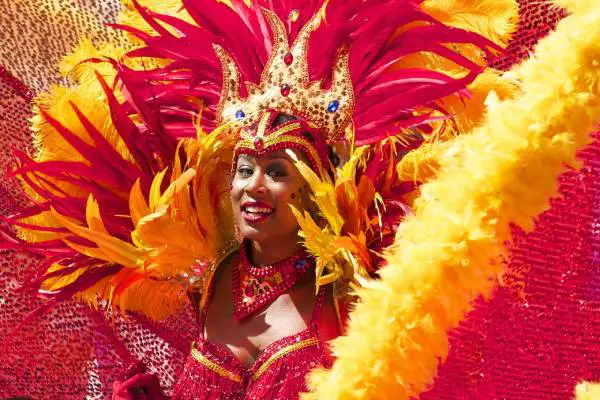
How it started: Similar to the Carnevale de Venice, the grand Rio Carnival has pagan roots. However, what sets it apart from its Italian counterparts is the mixture of cultures that celebrate it together. Together with the culture of the indigenous peoples of Brazil and Africa, the Portuguese settlers cultivated it with the tradition of celebrating the carnival as a celebration of abundance and food.
How it is celebrated today: The celebration of the Rio Carnival is one of the biggest parties in the world. Extravagant and flamboyant floats line the streets packed with dancers with their equally stunning costumes. The influences of the cultures that started the celebration are evident in the music and dance. The celebration of the Rio Carnival is said to be one of the busiest seasons for Brazil.
Lantern Festival – China
How it started: The Lantern festival started when China was still ruled by dynasties. During the Eastern Han Dynasty, the then-emperor was a Buddhist who believed that sending lanterns during the 15th day of the first month of the Lunar year shows respect for Buddha. Thus, it became a mandate for everyone to light up lanterns every said date.
How it is celebrated today: Sprouting as a traditional Buddhist practice, the lantern festival became a staple celebration for the Chinese culture. Now, it is the most important spring festival that celebrates the Lunar New Year. People enjoy it with lantern sightseeing, lantern riddles, dragon and lion dances, and eating ball soup dumplings.
Mardi Gras – New Orleans, USA
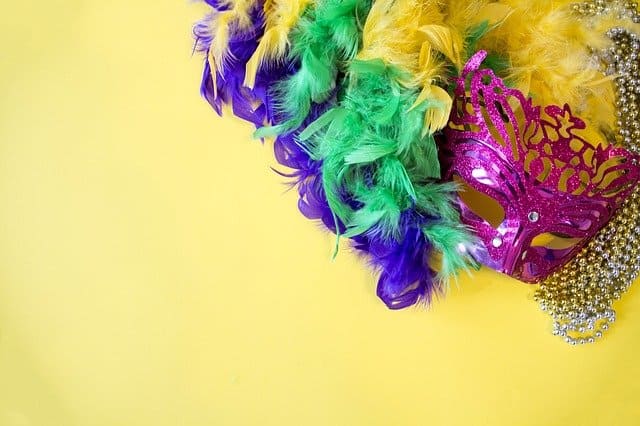
How it started: The festivities of the American Mardi Gras started in 1699. The festivities celebrated the French settlement in the area aptly named Mardi Gras. However, it was not an annual celebration at first. It was abolished when the Spanish occupation took over but was reinstated when New Orleans became US territory in 1812.
How it is celebrated today: Years after the United States reclaimed New Orleans, students emulated the revelries they observed from France. They claimed the streets by dancing and wearing flamboyant costumes. From then on, this tradition lives until today. The New Orleans Mardi Gras is becoming one of the most anticipated street celebrations by people around the world.
Holi Phagwa – India
How it started: Holi is India’s annual festival of colors. Similar to how it is celebrated, the history of Holi is its own brand of colorful and vibrant. Like all Indian festivities, it has its roots in Hindu belief and religion. It celebrates the classic tale of good triumphing over evil, thus the vibrant burst of colors.
How it is celebrated today: Festival-goers usually use dry or powdered paint to decorate themselves and others. There are also people who fill water balloons with color solutions and have a colorful water fight. Aside from that, people also build bonfires and burn effigies of Holinka, a tradition that remembers the story of the festival. All households also prepare a variety of sweets especially Gujiya, a special sweet made up of khoya and dried fruits.
Floating Lanterns – Hawaii

How it started: This celebration in Oahu, Hawaii is their take on the traditional Japanese tradition of Toro Nagashi, which means lantern offerings on water. This tradition commemorates Memorial day every year as a way to remember and celebrate the life of those who have fallen in service to their country. The first ceremony was in 1999 and was performed by Shinso Ito, the Head Priest of the Shinnyo-en.
How it is celebrated today: Since its inauguration, nothing much has changed about how the Floating Lanterns festival is celebrated. It is a perfect mixture of traditional Japanese practices and the diverse Hawaiian culture. It begins as a rather solemn celebration as it remembers those who have fallen and calls for prayers for peace and unity. The celebration gradually becomes more festive at night as performers take on the center stage.
Pride Parade – San Francisco, USA
How it started: Pride Parade commemorates the Stonewall riots of 1969. The Stonewall riots were spontaneous gatherings of the members of the LGBT community against the raid of Stonewall Inn done by police forces. At that time, very few establishments allowed the entrance of members of said community. The riots became a landmark case for LGBT advocacy groups to strengthen their call for assimilation in the local community.
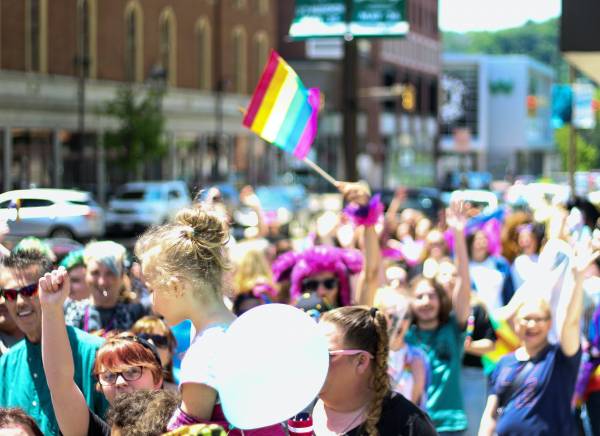
How it is celebrated today: A year after the riots, the first LGBT parade happened in San Franciso, New York, and Los Angeles. By the 1990s, the parade became more organized and made conscious efforts to be more inclusive and diverse. It resulted in the Pride Parade that we witness every June of each year. It’s more than just a parade, the aim now is to bring into consciousness the still-present discrimination against the community.
Odunde Festival – Philadelphia, USA
How it started: In 1975, Lois Fernandez spearheaded the festival using the collected donation totaling $100.00. The celebration spans several streets in the South Street neighborhood of Philadelphia, one of the oldest African American settlements.
How it is celebrated today: The Odunde Street Festival in Philadelphia is one of the most prominent celebrations of African heritage in the country. In fact, the festival gathers people from around the world who share the same heritage. The celebration lasts an entire day and celebrants wear vibrant clothes, streets are lined with stalls selling authentic African food and arts and crafts stalls.
Comic-Con – San Diego

How it started: The world’s largest comic and pop culture convention started as an idea of a group of friends who are all comic book fans who want to meet other fans. It is something as simple as that. I, daresay, that this festival is one of the main factors why this culture further grew and flourished. When they decided to start the convention, it seems like lady luck was smiling down on them. Apparently one of their friends had direct connections with Jack Kirby, the esteemed co-creator of X-Men and Fantastic Four characters.
How it is celebrated today: The Comic-Con we know today is leaps and bounds ahead of its predecessor. Aside from creators, the convention also invites artists and the people who bring comic book characters to life to sit in different panels. Most con-goers also choose to wear costumes or cosplay during the event to have a better feel of the entire convention. Although the production of the event is way different than the first ones, the intentions remain the same. It is a gathering to meet with other fans.
La Tomatina – Spain
How it started: The origin story of La Tomatina is actually quite interesting. A group of teenagers had a food fight after celebrating a religious ceremony in the streets of Bunol, Spain in the 1940s. For the following years, other people tried to recreate the food fight but the local government deemed it illegal until the people held a tomato funeral in 1957. A clear sign that they want to have the food fight again. After that, La Tomatina was officially declared as an annual holiday in the city.
How it is celebrated today: The La Tomatina that we know and celebrate today is not so different from how it started. However, days leading to the grand tomato pelting activity, performances, and parades are celebrated throughout the city. The local government also sources low-quality tomatoes to use for the giant food fight. This giant food fight also ushers loads of tourists every year that boosts Bunol’s local tourism to the extreme.
Dia de los Muertos – Mexico
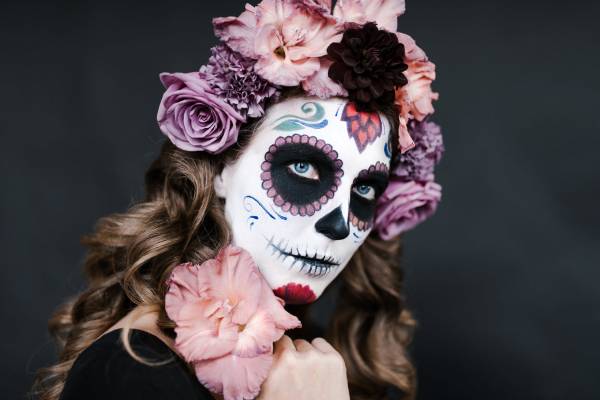
How it started: Dia de los Muertos or the day of the dead has Aztec roots. With that being said, it can be inferred that this celebration has been around for more than 3000 years. As Catholicism reached Mexico, the point of origin of this celebration, they adapted this celebration with its beliefs thus celebrating it on the same days of All Saints’ and All Souls’ days. Since then, Dia De los Muertos is celebrated with festivities full of food, drinks, and an overall positive mood. It is believed that the souls of those who passed are insulted by somber moods and mourning.
How it is celebrated today: Its celebration now is not that different, if anything, it is slowly becoming more grander. Staying true to its roots, the festival aims to celebrate life and the lives of those who passed. The celebration acknowledges that death is a natural and welcome path for everyone. In recent years, street parades are slowly becoming prominent elements of the celebration. If you saw the Disney flick, Coco, you can see how grand and lively the celebration is. Families gather together, both living and dead because of the belief that this is the time of the year that the souls of the dead can once again roam the living plane and be with their families.
Yee Peng – Thailand

How it started: Yee Peng/Yi Peng or Loy Krathong is a famous lantern festival in Chiang Mai, Thailand. Like the Lantern festival in China, releasing of lanterns in the sky is a Buddhist tradition. Aside from symbolizing their respect for Buddha, releasing lanterns also means releasing all the hardships that the people experienced from the previous years. The lanterns are symbols of hope for a new year. Chiang Mai, in particular, has been practicing this tradition as early as the 13th century.
How it is celebrated today: The festival is celebrated on the 12th month of the Thai calendar, which usually falls on either October or November. The actual date of the festivities is announced a few months before the actual date to provide ample time for preparation. Before the mass release of lanterns, there are several activities that line up to hype up the main event. Street parades and free performances are a few examples. Also, another thing that sets its apart from the earlier celebrations is the design of the lanterns. The lanterns people release now have more intricate designs as compared to their predecessors. To participate in the festival, you need to buy specific lanterns sold at the venue of the event.
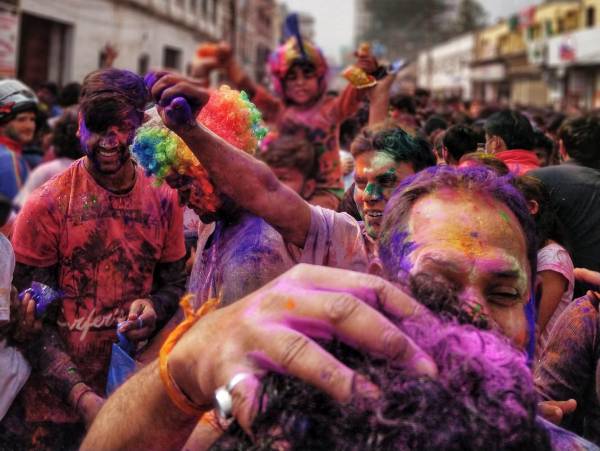
There’s something so enticing in celebrating festivals, especially when it celebrates such rich culture and heritage. The world will never run out of cultural celebrations as more and more countries are becoming more diverse, which is a valid reason to continue celebrating these festivals even more. From celebrating beliefs, ethnicity, and even special interests, it’s always great and satisfying to hype up unique identities and to enjoy it with people who share that characteristic with you.

